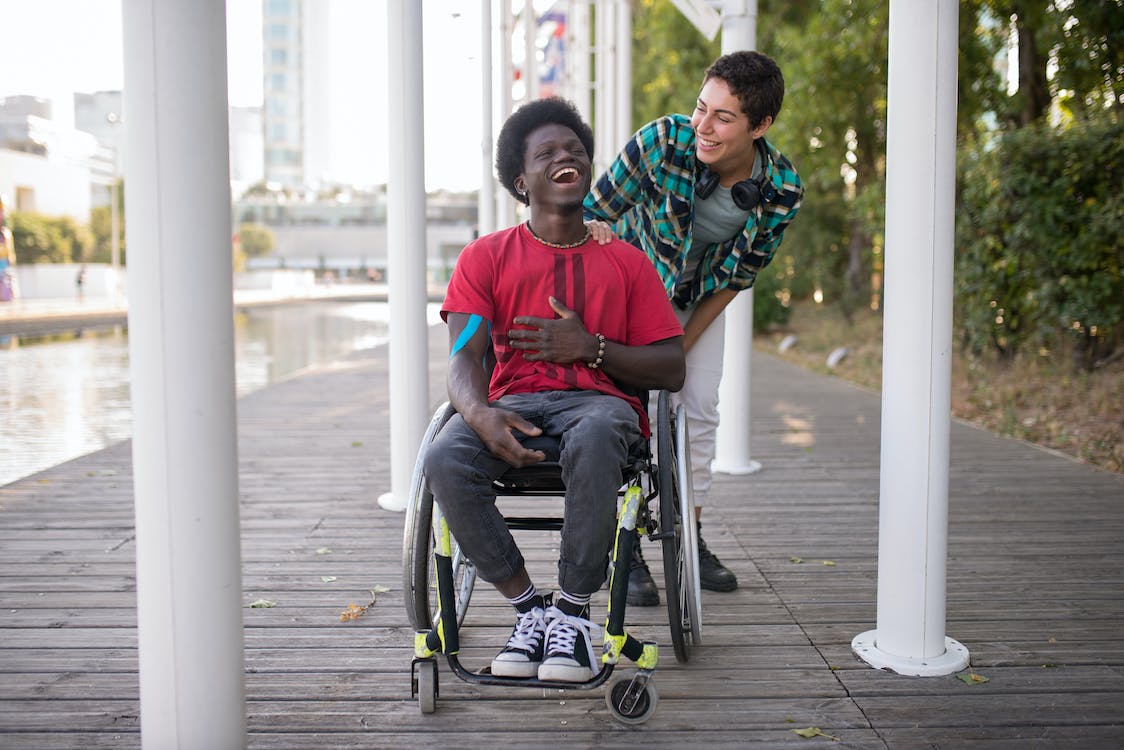2 minute read
Virtual reality and inclusive rehabilitation
Virtual reality can be used to assist patients’ recovery from injuries or illnesses by offering a safe and controlled environment in which they can perform motions and exercises. This can be used to help people improve their physical and mental abilities as well as their ability to deal with pain. Some studies even show patients who regularly use VR for pain management need less medication to manage their symptoms.
VR rehabilitation is also advancing the ways we think about inclusion and healthcare treatment.
At MARS VR Lab, we are aware of how critical it is for healthcare technology to be inclusive as well as easily accessible. The XPod is adapted to the individual capabilities of each child, enabling them to direct the movement of the virtual wheelchair with components taken directly from actual power wheelchair arms and input devices.
Virtual reality in other healthcare practices
The topic of mental health is another area where VR has a significant impact and the opportunity for inclusivity. VR can be used for exposure therapy for people with illnesses like post-traumatic stress disorder (PTSD), anxiety, and phobias. Therapists can help patients deal with their worries and improve their mental health by showing them virtual simulations of traumatic events or situations that cause anxiety.
VR healthcare has the potential to make mental health treatments more accessible and inclusive. Not only is it giving people more options for treatment but it has the potential to aid the overwhelming healthcare system by providing virtual mental health treatments.
VR technology is also starting to be utilized in medical training and education. VR can be used by medical students and trainees to practice operations and surgeries in a safe and controlled setting. This can help them get better at what they do and give them more confidence. It can also make it less likely that they will make mistakes during real procedures. Additionally, it helps to better prepare doctors who specialize in different areas of medicine which gives them an opportunity to work on their skills as needed.
By providing medical professionals with more hands-on training experience, VR has the potential to make medical training more accessible in the field. Using VR as a training resource is just one-way doctors’ medical training can be updated to be more inclusive and accessible for hospitals.
